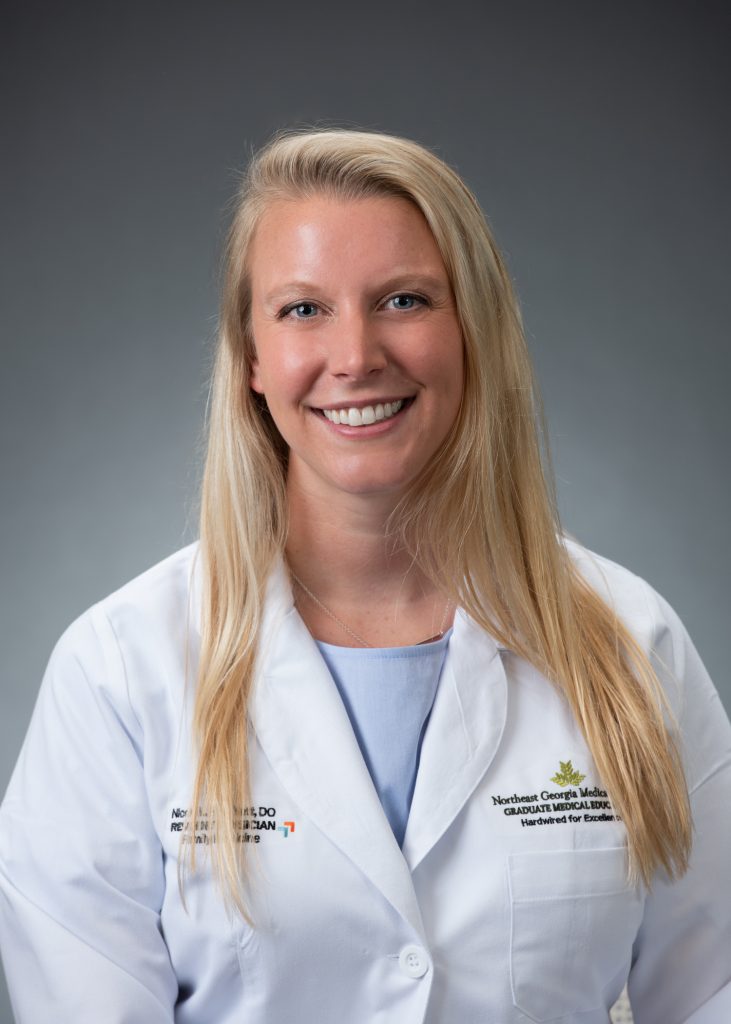Are you interested in living a longer, healthier life?
If you answered yes, you are like most people in the world. Who doesn’t want to live a long and healthy life? This article aims to guide you on your health journey and explain some of the recommended screening tests given to prevent disease progression and control our own health destination. As we age, our risk factors for certain health conditions change with us. In order to improve our chances of longevity, we as patients need to be an active member in our own care team.
What is a screening test and why is it important?
A screening test is an imaging technique, physical exam, or lab study a doctor orders to look for signs and symptoms of diseases. The goal is to screen for a disease and catch it prior to the start or prior to advanced progression. I had a 35-year-old patient who had a routine pap smear that found precancerous cells. We were able to complete a procedure in the office to remove these abnormal cells and prevent progression into cervical cancer all with a simple screening tool!
Let’s explore which cancer screenings are good to have based on age. The recommendations below stem from information found on the US Preventive Services Task Force (USPSTF) website.
Age 21: Cervical cancer screening (women only)
Roughly 1 in 123 American women will get cervical cancer. The biggest risk factors for cervical cancer are smoking and HPV (a common sexually transmitted infection). Screening for cervical cancer is done via a pap smear. This screening is important because not only can it directly identify abnormal cells on the cervix, but it can detect the presence of HPV and assist doctors in knowing how frequently to repeat this screen. The pap smear is a quick and simple in office procedure performed by your PCP or OB/GYN and in five quick minutes it can save your life! The age range for screening is 21-65 years old with repeat screening every three to five years.
Age 40: Breast Cancer screening (women only)
Screening age start time is history dependent! At 40, women can start the discussion with their doctor to decide if screening is best for them. Overall, women have a one in eight chance of developing breast cancer in their lifetime. Risk factors for breast cancer include family history, smoking, obesity, sedentary lifestyle, and alcohol. We screen for breast cancer with routine mammograms, which use low energy X-rays to examine the breast tissue for masses or calcifications. Recommended screening is every one to two years.
Age 45: Colon cancer screening (men and women)
Colon cancer is a very common cancer in the United States, with one in 25 women and one in 23 men developing it in their lifetime. The risk factors for colon cancer are lack of physical activity, obesity, low fiber diet, limited fruit/vegetable intake and diet high in processed meats. A colonoscopy is one way we screen for colon cancer, but there are other options available. One of those options is the Cologuard test. This test is completed at home where you send a small stool sample back to a lab to be evaluated for changes that might indicate cancer.
The pros of the Cologuard test:
- No procedure and you complete it at home!
The cons of the Cologuard test:
- The test can miss pre-cancer polyps (catches about 42% while colonoscopy catches over 95%)
- You must rescreen every three years (vs. every 10 years)
- You may end up needing a colonoscopy based on findings.
The colonoscopy is a great option because if it finds a polyp (or precancerous growth) it can be cut out immediately. The colonoscopy typically takes about 20-30 minutes, but make sure you have someone to drive you home! Age range for screening is 45 to 75 years old. Frequency depends on colonoscopy findings, but usually every 5-10 years.
Lung cancer screening (men and women)
This screening is very dependent on tobacco use. Screening is recommended in those with a 20 pack-year smoking history and currently smoke or have quit within the past 15 years.
What is a pack-year you ask? It can be easily calculated by taking the number of packs you smoke per day multiplied by the number of years you have smoked. If you smoke half a pack per day for 30 years, your pack year is 15. The screening test used is a low-dose CT of the chest, a noninvasive picture that visualizes the lungs. Routine screening is yearly from 50 through 80 years old.
Next Steps
I hope this article has provided guidance on what diseases your primary care physician screen for, and why they are so important. For any further questions or concerns, please see your primary care doctor, or visit www.ngpg.org to find a physician and schedule an appointment.



